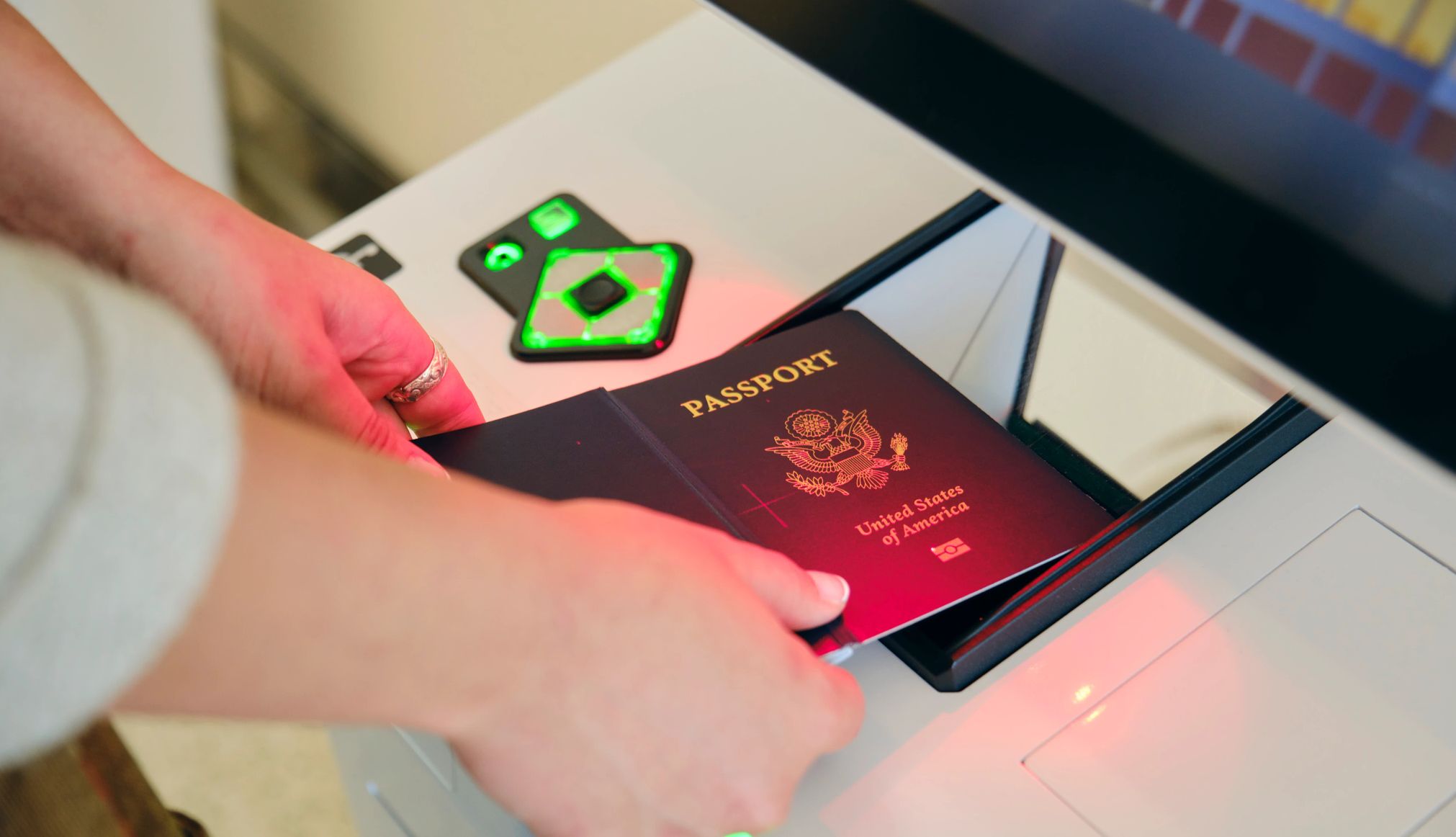AARP Hearing Center


Older adults love their pets and some take them wherever they go — a quick drive up to the hardware store, or a road trip to visit friends. Many pets love that extra time and attention with their human — and of course a fun car ride. Dogs with their head out the window enjoying a breeze, or riding in the bed of a pickup. Cats snuggled on laps or catching some sun in the rear window.
But failing to prep your car and secure your pet before you drive with animals can have disastrous results — for you and your pet.


AARP Membership— $12 for your first year when you sign up for Automatic Renewal
Get instant access to members-only products and hundreds of discounts, a free second membership, and a subscription to AARP the Magazine. Find out how much you could save in a year with a membership. Learn more.
“Unfortunately, it is a fairly common occurrence that I am presented with a pet that has been injured in a car accident,” says veterinarian Jamie Whittenburg, chief of staff of Kingsgate Animal Hospital in Lubbock, Texas, and veterinarian director at Senior Tail Waggers, an educational website for pet owners. Her most recent case involved an unrestrained dog that was thrown from the car when the driver lost control of it. “The dog suffered a broken leg, three broken ribs and multiple lacerations,” Whittenburg says.
Although she doesn’t know what happened to the dog’s owner — the dog was dropped off by police and picked up by a relative — Whittenburg fears he might not have fared as well as his pet. “We did inquire about the owner and they said he was still in the hospital,” she says. “We never heard anything else.”
“Pets are no different from adults and children. They need to be properly restrained in a car,” says veterinarian Amy Attas, author of Pets and the City: True Tales of a Manhattan House Call Veterinarian and founder of City Pets, a veterinary house call service in New York City.
“We want to restrain them not only for their own sake, but also for the sake of the driver,” she says.
If you are one of the 86.9 million U.S. households with pets (25 percent of them are Gen Xers and 24 percent are boomers), here are six ways to make car trips safer for everyone.
Secure your pet
You should always “restrain or contain” pets in cars, stresses Lindsey Wolko, founder and CEO of the nonprofit Center for Pet Safety, which independently crash-tests and certifies pet safety products. “If you are in a sudden stop or a crash, unrestrained pets … become very forceful projectiles. And they can actually injure human vehicle occupants,” Wolko says.
A loose pet can be as distracting as a cellphone, so under no circumstances should animals be allowed to roam freely or to sit on humans’ laps. “Airbags can cause fatal injuries to lap-seated dogs, and dogs on drivers’ laps may even cause an accident themselves,” Whittenburg says.
In case of an accident, unrestrained pets also are flight risks. “If a first responder comes and opens the door … they could get out,” says Attas, who recommends that pets always wear a collar or harness with identification. “It makes it a lot easier for someone to catch them … And a short leash is not a bad idea, either.”
The best method for securing pets depends on the pet and its size. “For cats, I recommend … hard-sided carriers that are then secured with a seat belt,” Whittenburg says. “For dogs, the safest option often depends on size. For small to medium dogs, I recommend hard-sided [carriers], as I do for cats. For larger dogs, this may not be possible, but there are dog seat belts that can be purchased and used to restrain the dog more safely.”
A crate that’s anchored in the cargo area of an SUV or station wagon using connections to the cargo area anchors also can be safe for large dogs, according to Wolko, who agrees that carriers are best for smaller dogs. Although booster seats are popular, her organization has found them to be risky. “We did a pilot study years ago on pet booster seats, and all of the connections are very, very weak,” she says. “If you are in a sudden stop, or if you are in a crash, the dog will most likely release from the seat and hit the window or, God forbid, a human occupant. Avoid those like the plague.”

































































More From AARP
The Ultimate Guide to Dog Food
Should you feed your dog human food? What foods are toxic? Does kibble provide enough nutrition? Experts weigh in on your most pressing dog nutrition questions
Car Safety Systems Older Drivers Should Not Skip
Older drivers are safer, but car safety tech is importantBeware of This Callous Service Dog Scam
How to spot fraudsters who target veteransRecommended for You